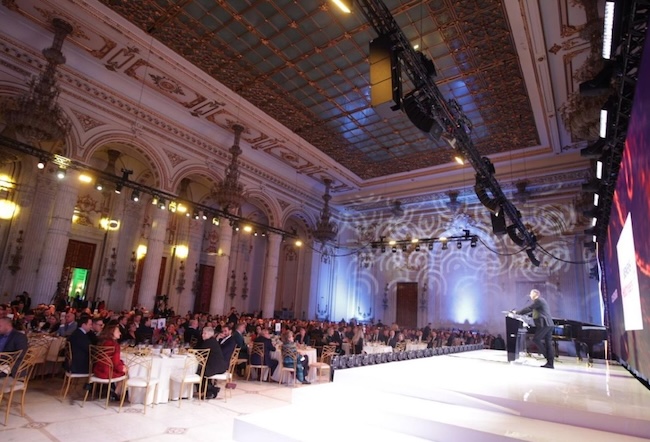Domestic economy, up by 3.1 pct at 9 months

Romania’s Gross Domestic Product (GDP) increased by 3.1 percent within the first nine months of the year, based on the seasonally adjusted series and by 2.8 percent for unadjusted series, while in Q3 2014 the economy advanced by 1.8 percent over the previous quarter, and by 3 percent, respectively as compared to the same period last year, indicates a report released by the National Institute of Statistics (INSSE). For the unadjusted series, between June and September 30, 2014, the GDP grew by 3.2 percent.
At the end of the first three quarters in 2014, the estimated GDP amounted to around 496.3 billion lei for seasonally adjusted series, whereas it totaled 469.2 billion lei as per the unadjusted series. As regards the quarter ended September 30, 2014, the GDP came to 167 billion lei for seasonally adjusted series, and to 183.6 billion for the unadjusted one.
The “flash” estimates released in November announced an increase by 1.9 percent of the GDP in the third quarter against the previous three months in 2014. Additionally, the INSSE revised the estimations for Q2 and Q1 with respect to both the unadjusted and the seasonally adjusted series, hence the GDP declining by 0.4 percent in Q2 compared to Q1 and growing by 0.7 percent in Q1 over the last quarter in 2013.
Industry was still the main driver of the economy with a share of 30.3 percent of the GDP and a 3.3 percent contribution to its growth rate, the activity volume increasing by 4.2 percent. Although having a much reduced contribution to the GDP’s growth rate (0.7 percent), as well as in terms of the share it accounts for in the GDP (5.2 percent), the IT&C sector saw the largest increase in activity volume, some 15.3 percent. Net taxes on products had also a positive contribution of 0.3 percent to the GDP’s growth and a share of 12 percent of the GDP.
On the other hand, the decline seen by the construction industry in terms of activity volume which decreased by 3.1 percent impacted the GDP negatively (-0.2 percent). A negative contribution, by 0.1 percent, resulted from decreasing activity volume in the financial intermediation and insurance sector.
From the standpoint of the use of GDP, the progress was mainly due to final consumption expenditure of households with a share of 62.5 percent in the GDP and whose volume augmented by 4.8 percent, leading to a contribution of 3 percent to the GDP’s growth rate, along with net exports, a contribution of 1 percent, subject to an increase by 8.1 percent of exports of goods and services corroborated by a smaller advance in the volume of imports in the same segment (by 5.7 percent).
In opposition, a negative effect on the GDP’s growth rate (-1.8 percent) was generated by the gross fixed capital formation which dropped by 7.3 percent.






